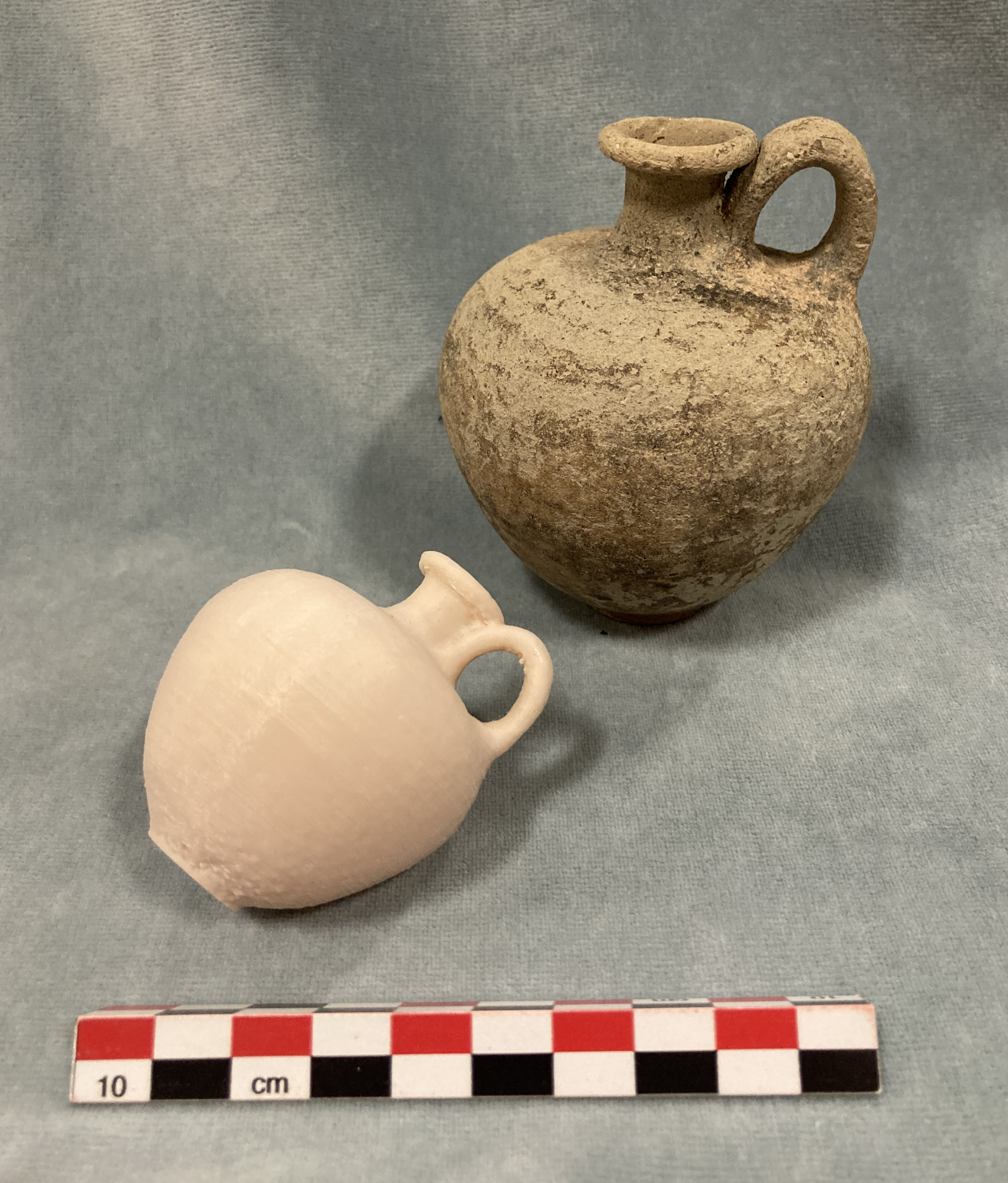CLAR 2340 examines the methods, theories and goals encompassed by archaeological science to retrieve, understand and record data of pre-modern societies related to the evolution of social structures, economy, religion and political systems. It will emphasize both scientific and empirically-derived theories that aim to describe and understand past human behaviors. Archaeology is therefore the study of past humans, that provides long-term perspectives on human societies, and insights on all segments of societies, as well as documents variation in human behavior and institutions. Archaeology builds upon knowledge, and often bridges, Social Sciences, Sciences and Humanities.

Material examined will include cross cultural analysis and theories deriving from the fields of cultural anthropology, sociology, geography, economy, etc. We will also scrutinize the development of scientific method within the field, and the current trends in the development of archaeological theories. Detailed descriptions of quantification and extrapolation of a data set, dating techniques, archaeological survey, excavation, technology, ethnoarchaeology, cognitive archaeology, theories pertaining to social structures, household development and subsistence will be presented. Interpretations from the archaeological record of the hunter-gatherers, food producers, and later complex societies of the Near East and Old World will be used as examples of archaeological methods. Human diversity in the past, and among present traditional societies, will be examined in relation to environmental and social impacts of different economies and scales of organization.
This is a hands-on class which uses the archaeological material from the Archaeology museum at LMU. A large portion of the class takes place in the archaeology library (UNH 3325), where student handle ancient objects from our collection to study them.
In-class activities range from object drawing, to 3D capture of objects. Archaeological simulations (including the setting up of archaeological structures) permit student to train in archaeological drawing of structures. This class also uses several small-group activities, and role-play to discuss archaeological school of thought, understanding of ancient representations, etc.